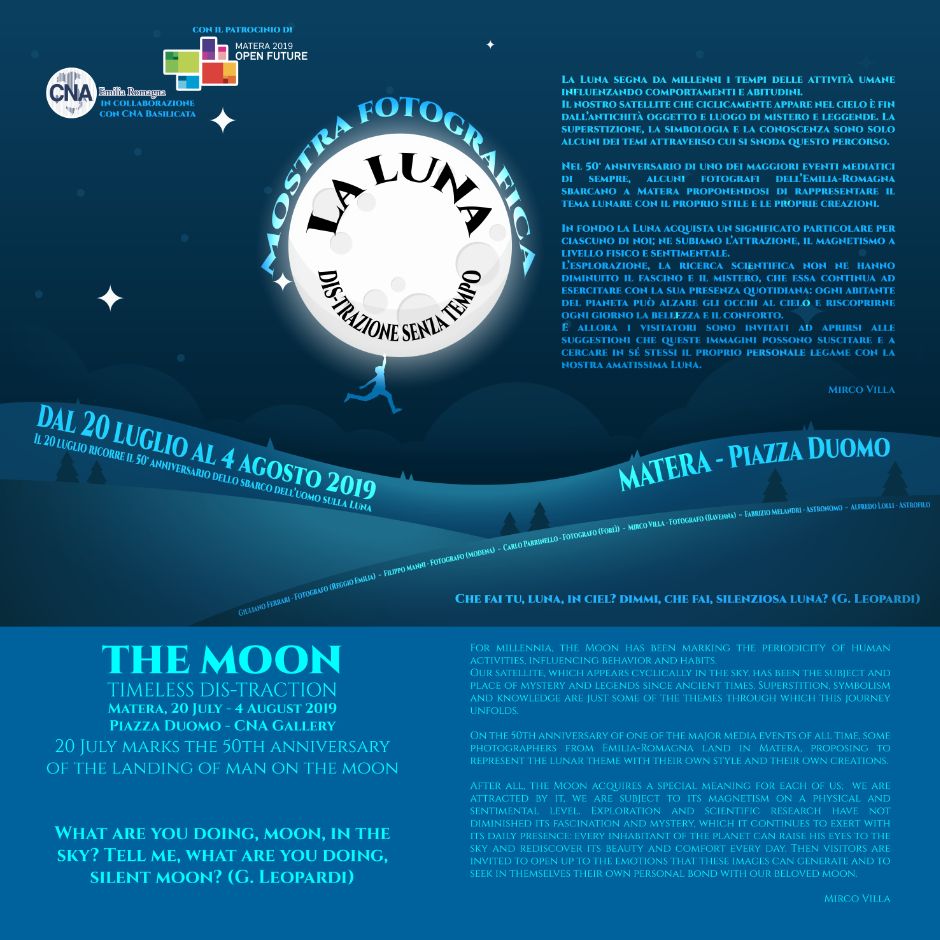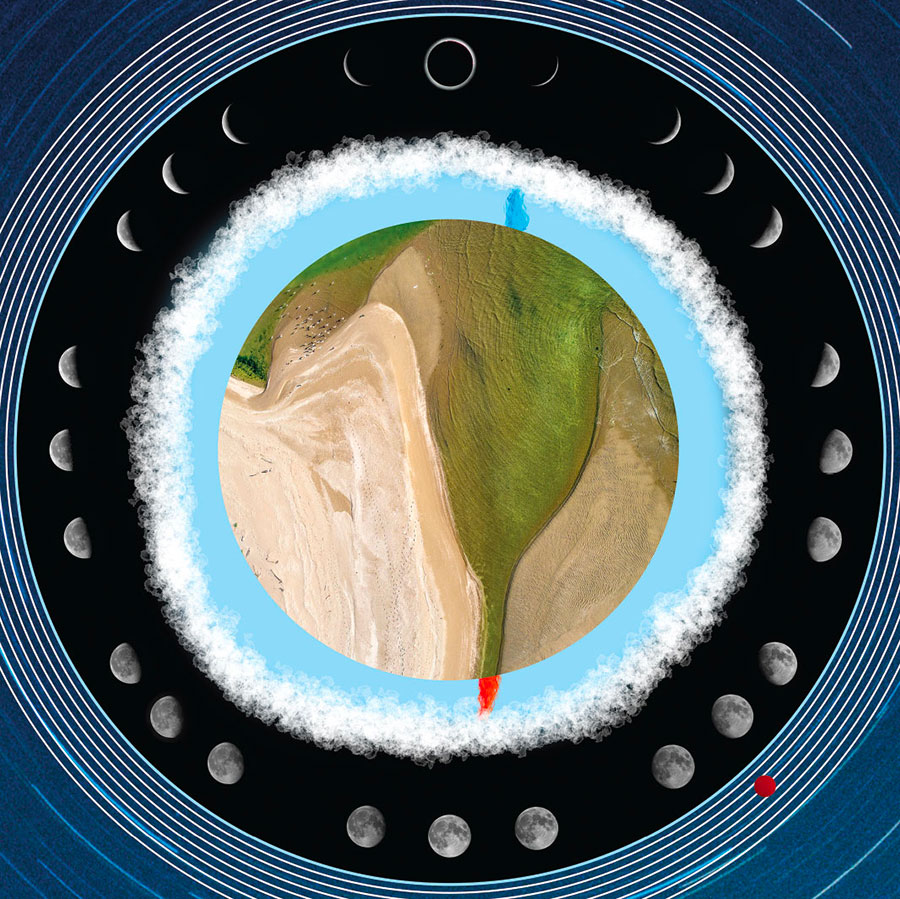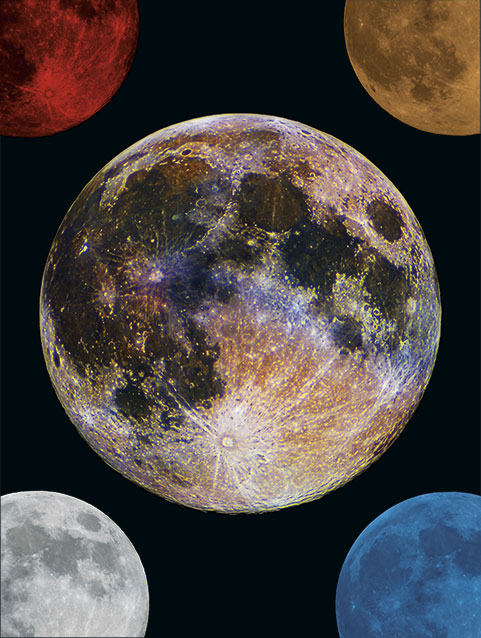La Luna: dis-trazione senza tempo

Che fai tu, luna, in ciel? dimmi, che fai, silenziosa luna? (G. Leopardi)
La Luna segna da millenni i tempi delle attività umane influenzando comportamenti e abitudini.
Il nostro satellite che ciclicamente appare nel cielo è fin dall’antichità oggetto e luogo di mistero e leggende. La superstizione, la simbologia e la conoscenza sono solo alcuni dei temi attraverso cui si snoda questo percorso.
Nel 50° anniversario di uno dei maggiori eventi mediatici di sempre, alcuni fotografi dell’Emilia-Romagna sbarcano a Matera proponendosi di rappresentare il tema lunare con il proprio stile e le proprie creazioni.
In fondo la Luna acquista un significato particolare per ciascuno di noi; ne subiamo l’attrazione, il magnetismo a livello fisico e sentimentale. L’esplorazione, la ricerca scientifica non ne hanno diminuito il fascino e il mistero, che essa continua ad esercitare con la sua presenza quotidiana: ogni abitante del pianeta può alzare gli occhi al cielo e riscoprirne ogni giorno la bellezza e il conforto. E allora i visitatori sono invitati ad aprirsi alle suggestioni che queste immagini possono suscitare e a cercare in sé stessi il proprio personale legame con la nostra amatissima Luna.
Mirco Villa
What are you doing, moon, in the sky? Tell me, what are you doing, silent moon? (G. Leopardi)
For millennia, the Moon has been marking the periodicity of human activities, influencing behavior and habits.
Our satellite, which appears cyclically in the sky, has been the subject and place of mystery and legends since ancient times. Superstition, symbolism and knowledge are just some of the themes through which this journey unfolds.
On the 50th anniversary of one of the major media events of all time, some photographers from Emilia-Romagna land in Matera, proposing to represent the lunar theme with their own style and their own creations.
After all, the Moon acquires a special meaning for each of us; we are attracted by it, we are subject to its magnetism on a physical and sentimental level. Exploration and scientific research have not diminished its fascination and mystery, which it continues to exert with its daily presence: every inhabitant of the planet can raise his eyes to the sky and rediscover its beauty and comfort every day. Then visitors are invited to open up to the emotions that these images can generate and to seek in themselves their own personal bond with our beloved moon.
Mirco Villa

L’aspetto mutevole della Luna ha sempre incuriosito l’immaginario dell’uomo e Dante nella Commedia ne fa menzione in 23 canti. In più canti dell’Inferno i cicli lunari scandiscono il tempo, le fasi della Luna costituiscono la misura del suo trascorrere. La Luna torna in vari versi del Purgatorio e nel Paradiso le è dedicato un intero canto, il secondo. Nel pensiero cosmico di Dante la Luna riveste un ruolo importante, ed è per questo che la mia rappresentazione del percorso narrato nella Commedia riserva al nostro satellite un ruolo assolutamente predominante.
The changing appearance of the Moon has always intrigued the imagination of man and Dante mentions it in 23 cantos of The Divine Comedy. In many cantos of the Inferno, the lunar cycles mark the time and the phases of the Moon constitute the measure of its passing. The Moon returns in various verses of the Purgatorio and a whole canto of the Paradiso is dedicated to it: the second one. In Dante's cosmic thought, the Moon plays an important role, and this is why my representation of the path narrated in the Comedy reserves an absolutely predominant role for our satellite.

La colorazione della Luna non sempre appare uguale: in relazione alla rifrazione dell’atmosfera terrestre a volte possiamo vederla gialla o rossa se è bassa in cielo, o di colore blu dopo forti eruzioni oppure grandi incendi per via delle polveri sospese. Bianca è come tutti la conosciamo comunemente, quando alta nel cielo è resa candida dall’illuminazione solare. In fase di Luna nuova la vedremmo nera, ma non la percepiamo perché è completamente buia. L’occasione per osservarla in questa fase è offerta dall’eclissi totale di Sole, durante la quale la Luna copre completamente la nostra stella, ed è resa visibile da un sottile bordo di luce solare. La luce cinerea infine è la lieve illuminazione che a volte permette di vederne anche la parte in ombra durante le fasi lunari. È la luce riflessa dalla Terra a generarla, dando una misura delle condizioni globali del nostro pianeta: nubi, superfici innevate, oceani influiscono sul potere riflettente.
Fin qui ciò che può rilevare l’occhio umano, ma cosa “vede” il sensore di una fotocamera? Diversi scatti realizzati al telescopio e sommati tra loro danno origine ad un’immagine sorprendentemente ricca di colori. Allora, quale sarà il vero colore della Luna?
The color of the Moon does not always appear to be the same: in relation to the refraction of the Earth's atmosphere we can sometimes see it yellow or red if it is low in the sky, or blue after strong eruptions or large fires due to suspended dust. White is as we all know it commonly, when it is made white by solar lighting in the sky. In the phase of new Moon we would see it black, but we do not perceive it because it is completely dark. The opportunity to observe it in this phase is offered by the total eclipse of the Sun, during which the Moon completely covers our star, and is made visible by a thin edge of sunlight. Finally, the ashen light is the slight illumination that sometimes allows us to see even the part in shadow of the Moon during the Moon phases. It is generated by the light reflected from the Earth, giving a measure of the global conditions of our planet: clouds, snow-covered surfaces and oceans influence this reflecting power.
So far is what can the human eye detect, but what does a camera's sensor "see"? Several shots taken at a telescope and added together give rise to a surprisingly rich color image. So, what is the true color of the Moon?
